Our field trip started Monday, July 23rd. We left CC around 10:00 AM and drove to Devil’s Head Lookout where we could observe topographical evidence of the Laramide Orogeny (the mountain-building event that helped shape the front range 40-70 million years ago). Devil’s Head Lookout (besides being a beautiful hike) has an amazing view of the transition from dramatic mountains to flat plains. The mountain top is a perfect setting for imagining the movement of the tectonic plates and location of the fault along the front range as well as the subsequent erosion that formed the landscape we know today. After learning about the tectonic plates and faults that make up the front range, we learned about how different methods of geophysics help us prove the locations and movements of plates and faults.
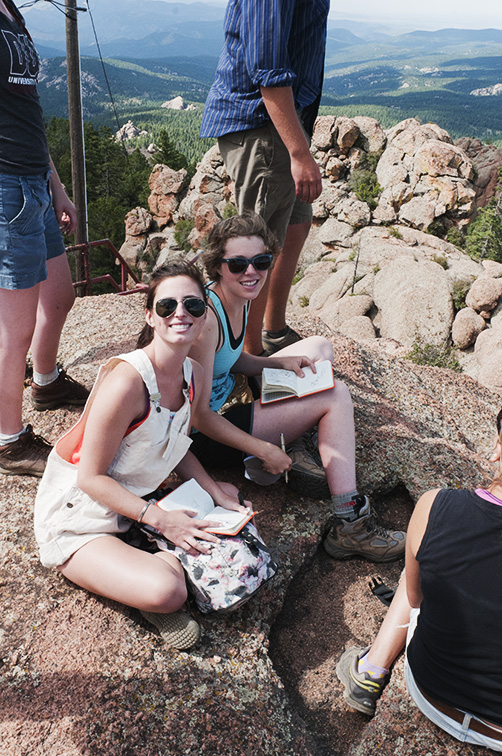
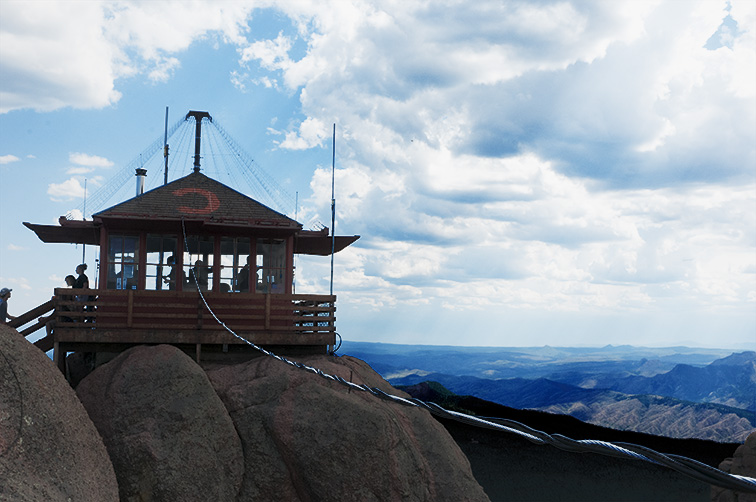

Monday night we car-camped near the Mt. Bierstadt trail-head. In the morning Lucy Holtsnider ’11, a CC studio art alumnus, joined us to give a guest lecture about land art. After backpacking in to the valley at the base of Mt. Bierstadt, Lucy talked about land art for a bit and we all got into groups to make our own pieces. After we were done, we shared our work with the rest of the group. Some pieces mirrored the landscape, like a miniature recreation of the valley we were working in, a piece in which rocks placed strategically to mimic the sawtooth ridge behind them and another in which rocks were placed suggesting the flow of a river. Others explored human presence and our hopeless desire to order nature, like the piece made by Sophia Schneider ’13 and a piece where students made a human frame to view the mountains through. The complexity and maturity of the pieces was very impressive, considering most people didn’t have much experience with art and we only had an hour to conceptualize and execute our work. I worked on a piece that played with the idea of a single cairn as a marker of the fragility and protection in human/nature interactions. It was exciting to explore the interdisciplinary possibilities of geology. Many geology majors at CC also minor in studio art and this exercise made it easy to see why.
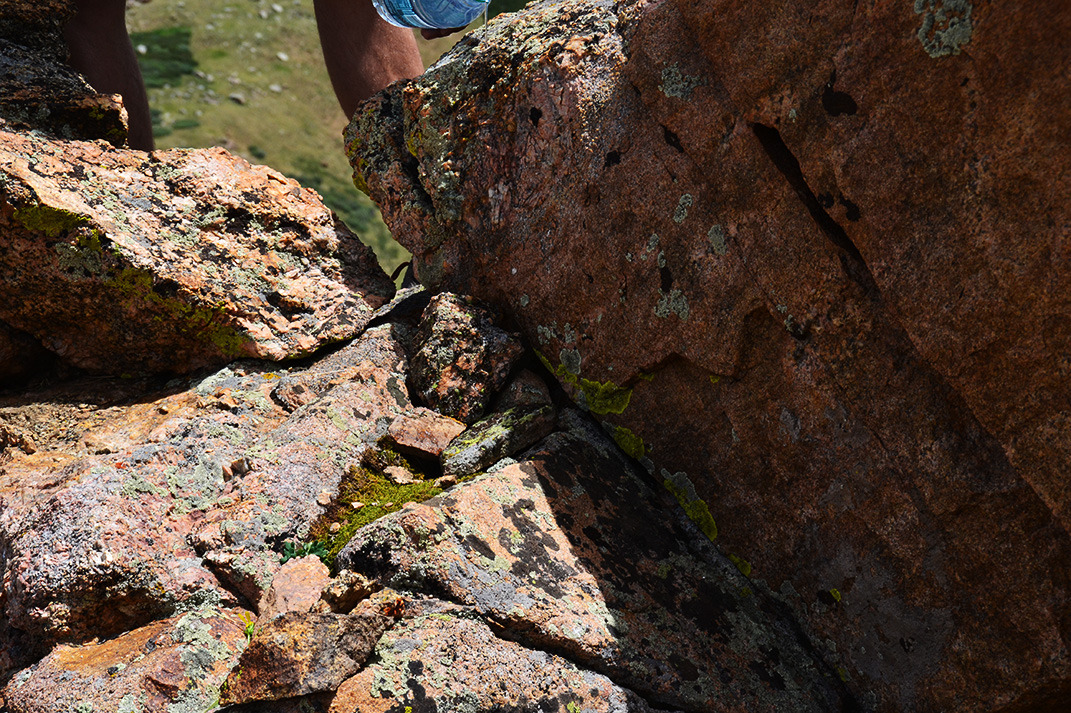

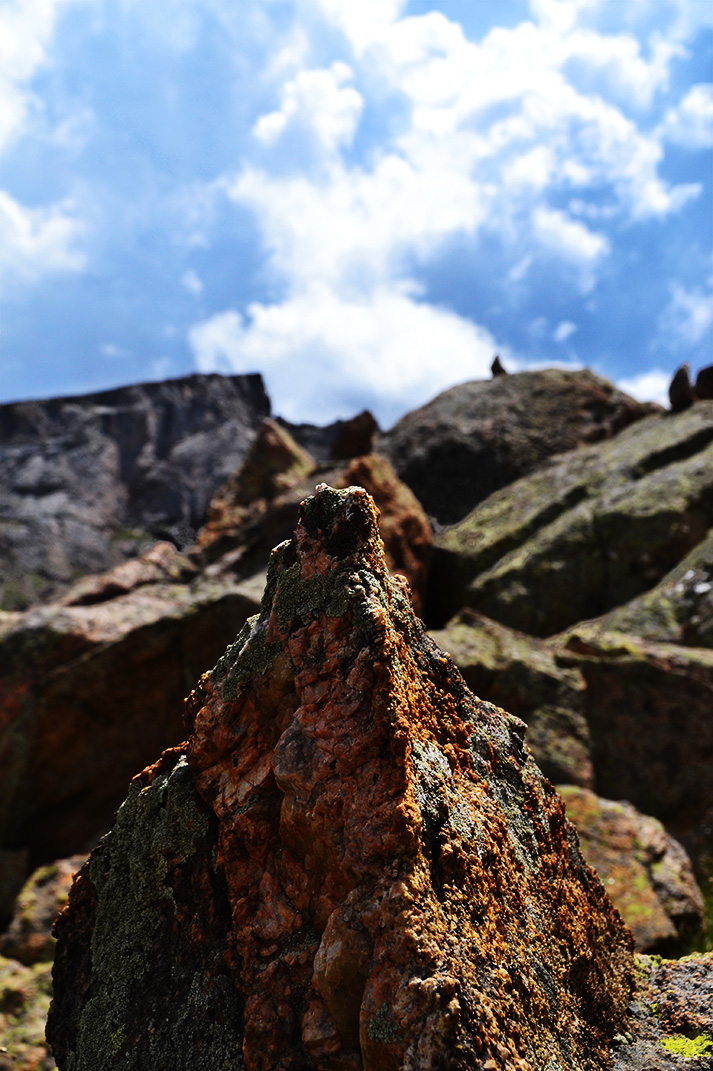
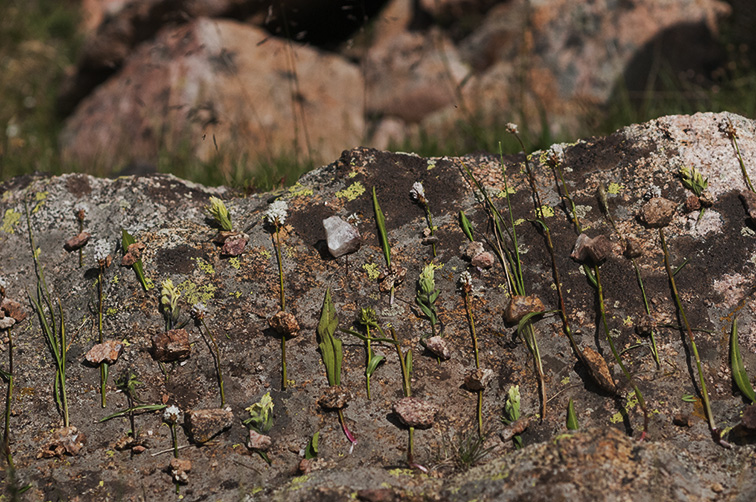


In the afternoon we learned about alpine glaciers and mapped out the components of the glacial valley we were camping in. Trying to identify the marks glaciers leave on a landscape as we learned about them was very useful in showing that the processes we learn about are full of variables and not every glacial valley will have a perfect example of a terrace or a moraine.

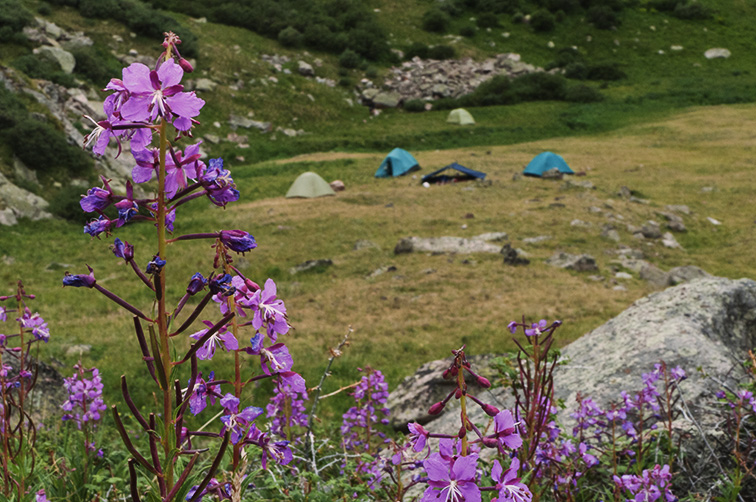
That night we slept in the valley at the base of a couple waterfalls. Before bed we got to observe an epic, two-hour lightning storm striking the ridges around the valley. It was beautiful and awe-inspiring. The next day we had a class on continental glaciers and hiked out to reunite with civilization in Dillon for an hour before beginning our next backpacking trip, which you will hear about in the next post!
– Austin ’15 and Taryn ’14

What an awesome opportunity all you have.